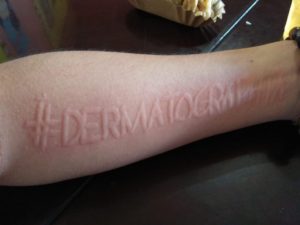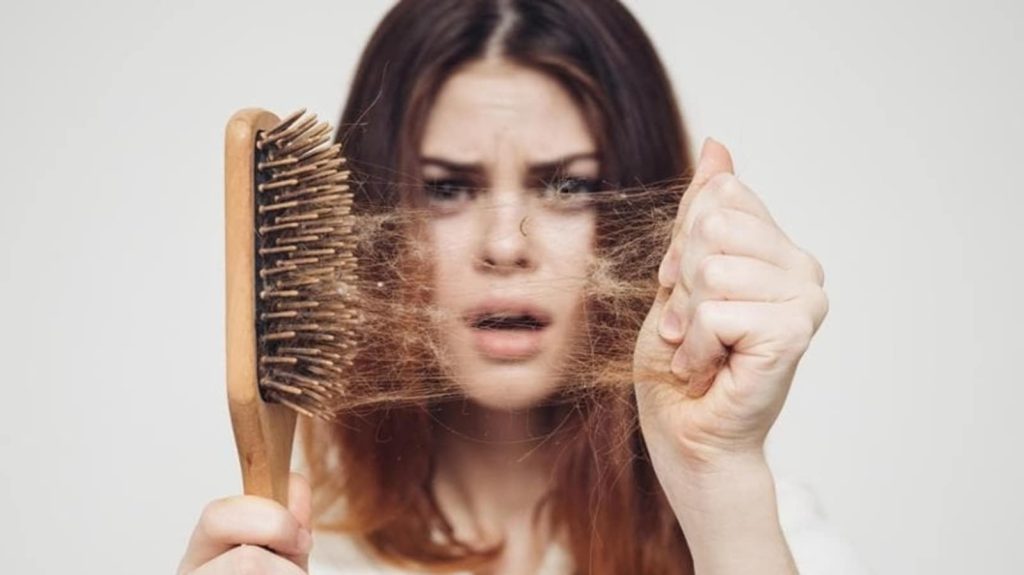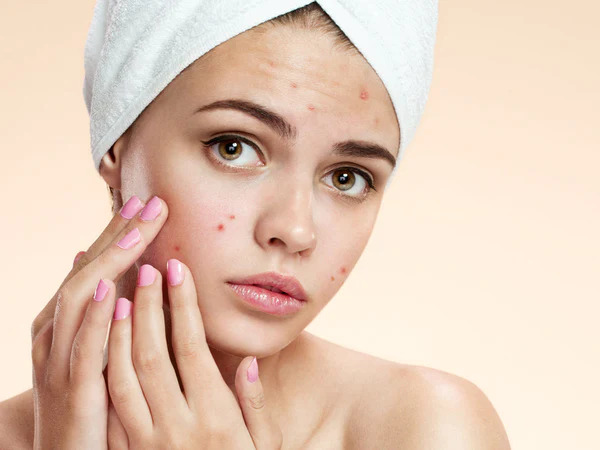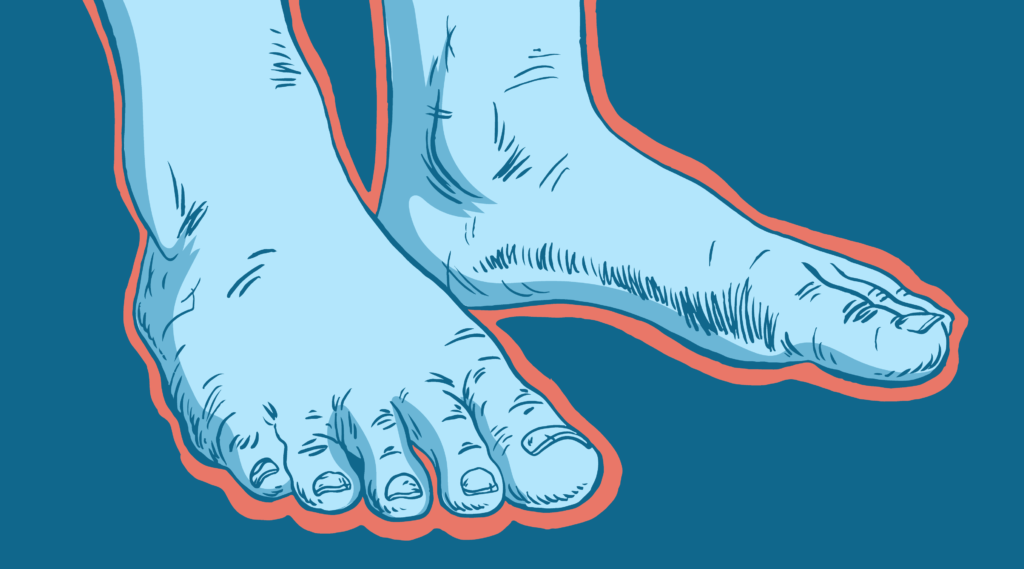Dermatographia is a condition also known as skin writing. When people who have dermatographia lightly scratch their skin, the scratches redden into a raised wheal similar to hives. These marks usually disappear within 30 minutes. This condition affects approximately 5 percent of the population.

Understanding Dermatographia:
Typically, individuals with dermatographia develop wheals within 15 minutes of skin contact. Symptoms usually persist for a period of 15 to 30 minutes, but in severe cases, large wheals develop, and swelling may be present for hours to days.
Causes of Dermatographia:
It is not known why some people develop dermatographia, but the condition is more common in teens and young women. Cases of dermatographia have been linked to infections, certain medications, and emotional stress. Those with skin conditions that increase the desire to scratch, such as dermatitis, are more likely to develop dermatographia.
Diagnosing Dermatographia:
Because symptoms usually resolve quickly, few individuals with dermatographia are seen in a dermatology clinic. However, those who experience persistent or repeated symptoms are usually diagnosed when a dermatologist observes skin response after moderate pressure is applied in the form of a scratch or stroke.
Treating Dermatographia:
Most patients with dermatographia require no treatment, although they may be advised to avoid scratching and other physical stimuli known to produce symptoms. Staying well hydrated and using a good skin moisturizer is also advised.

General measures include avoiding the stimuli that set off bouts of itch, where possible. For example:
• Choose comfortable, loose clothing.
• Avoid exposure to very hot water.
• Pat dry gently after bathing.
• If suspicious of a drug cause, consider stopping it if safe to do so.
If treatment is needed, antihistamines usually give good relief from symptoms, Antihistamines may need to be continued daily for at least several months; intermittent therapy is of less value.
Dermographism may also respond to phototherapy. Light therapy has shown some efficacy in treating dermatographias, yet most patients relapse within 2 to 3 months of completing therapy.
Adjunctive treatment with over the counter vitamin C 1000 mg daily is also found to be helpful.








